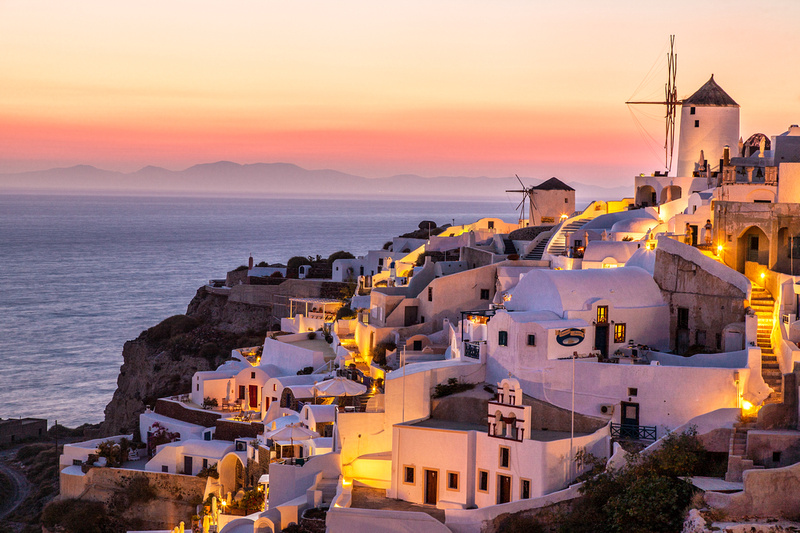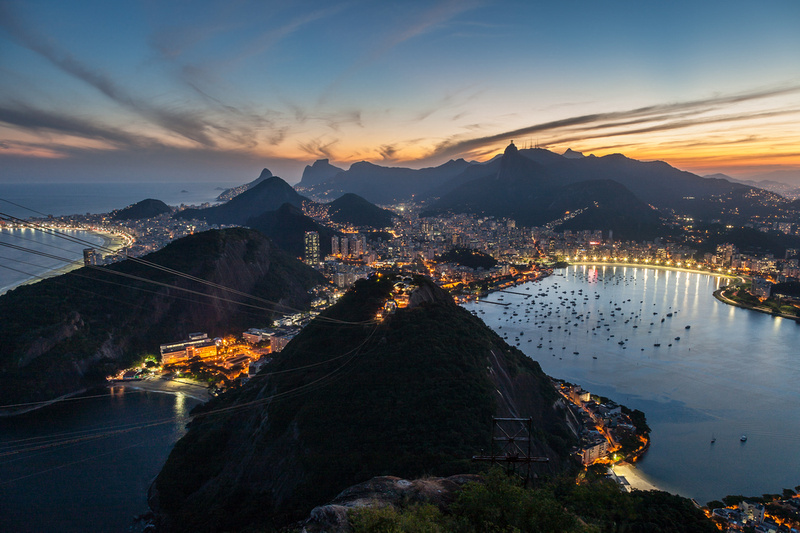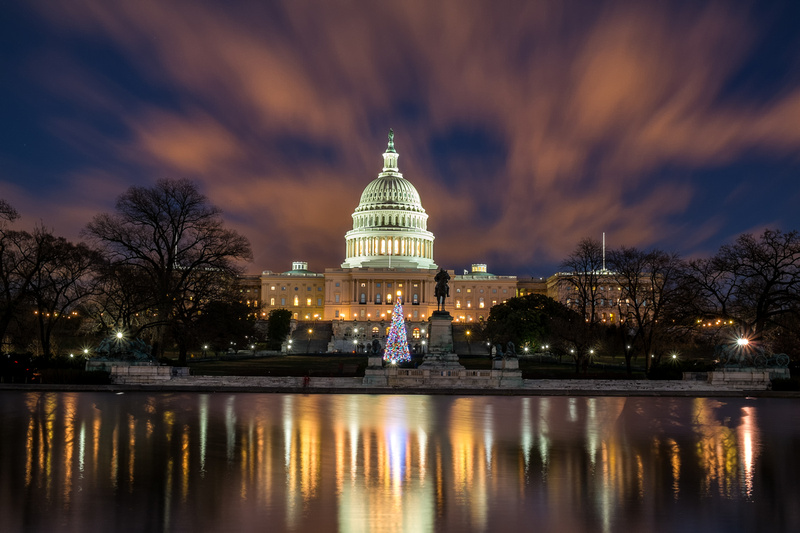Low-Light Photography
October 03, 2014
•
Leave a Comment
Tips and Techniques for Low-Light (Travel) Photography
I used to put away my camera when it gets too "dark" for hand-held images, e.g. after sunset. About 10 years ago, I started using a tripod. Since then, the single most important gear for my travel photography, beside the camera and lens, is a tripod. This enables the use of camera exposures of one second and longer, and the capture of beautiful colors in the sky, city illuminations and reflections. Let's start with an example. The following image of the iconic Oia village in Santorini Island was taken shortly after sunset. This beautiful place is filled with tourists who come for the sunset view and leave right after that; missing out on even more dramatic views that follows the sunset as the village is illuminated and the setting sun imparts its last lights in the sky. This image was featured in Nat Geo Traveler's Your Shot: Golden Hour.
Oia Village at Dusk, Santorini Island, Greece (Canon 5D, 73mm, 8s, f/8, ISO 200)
Following are some tips and techniques for capturing beautiful travel images during that magical part of the evening. The techniques involved are relatively simple; the practice requires patience, time scouting the location and waiting for the “right” light. Be familiar with your camera equipment and be prepared ahead of time.
Some modern DSLRs are capable of capturing low-light images at high ISOs (>6,400). Some prefer to use high ISOs in conjunction with image stabilization to capture low-light images. My preference, however, is to use a lower ISO and longer shutter speed with a tripod where possible to get the cleanest possible image. It is a matter of personal choice, not right or wrong. I hope you find these tips useful. Paraphrasing Captain Barbossa in the Pirates of the Caribbean movie “… these are more what you’d call “guidelines” than actual rules.” Happy traveling and photographing. A couple more examples to close out.
Rio de Janeiro at Dusk, Brazil (Canon 5D, 24mm, 3s, f/8, ISO 200) This was featured by Nat Geo Traveler tumblr site leading up to the World Cup.
US Capitol at Twilight (Fujifilm X-E1, 29mm, 28s, f/13, ISO 200)
Keywords:
Brazil,
Canon 5D,
Dusk,
National Geographic,
Night,
Rio de Janeiro,
Twilight,
Washington DC,
architecture,
blog,
bridge,
chapel,
choo,
clouds,
fujifilm,
geographic,
greece,
low-light,
luzern,
national,
oia,
raymond,
reflections,
santorini,
switzerland,
techniques,
tips,
travel,
x-e1
Comments
No comments posted.
Loading...
|



